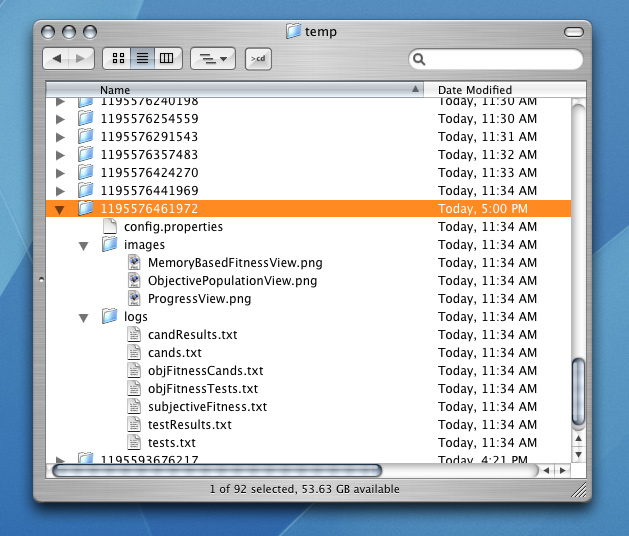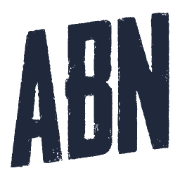Coevisualizer

A few publications came out of this work:
Related Publications
Bader-Natal, A. and Pollack, J. Towards Metrics and Visualizations Sensitive to Coevolutionary Failures. AAAI Technical Report FS-05-03. Coevolutionary and Coadaptive Systems, AAAI Fall Symposium 2005, Washington D.C. 2005.AbstractDraft PDF
AAAI Press
Talk Slides
The task of monitoring success and failure in coevolution is inherently difficult, as domains need not have any external metric to measure performance. Past metrics and visualizations for coevolution have been limited to identification and measurement of success but not failure. We suggest circumventing this limitation by switching from "best-of-generation"-based techniques to "all-of-generation"-based techniques. Using "all-of-generation" data, we demonstrate one such technique - a population-differential technique - that allows us to profile and distinguish an assortment of coevolutionary successes and failures, including arms-race dynamics, disengagement, cycling, forgetting, and relativism.
Bader-Natal, A. and Pollack, J.B. A Population-Differential Method of Monitoring Success and Failure in Coevolution. Proceedings of the 2004 Genetic and Evolutionary Computation Conference, Springer-Verlag, 2004.AbstractDraft PDF
Springer
Poster
Coevolutionary algorithms require no domain-specific measure of objective fitness, enabling these algorithms to be applied to domains for which no objective metric is known or for which known metrics are too expensive. But this flexibility comes at the expense of accountability. Past work on monitoring has focused on measuring success, but has ignored failure. This limitation is due to a common reliance on "best-of-generation" (BOG) based analysis, and we propose a population-differential analysis based on an alternate "all-of-generation" (AOG) framework that is not similarly limited.
Screenshots






